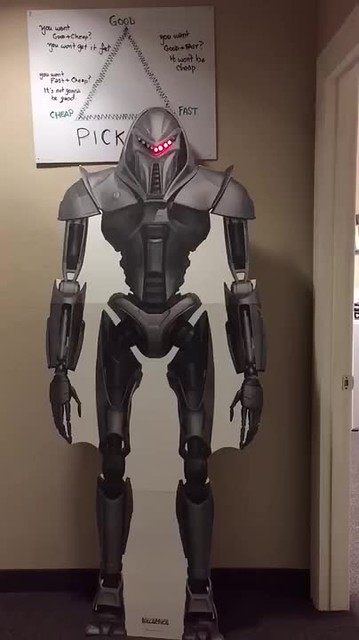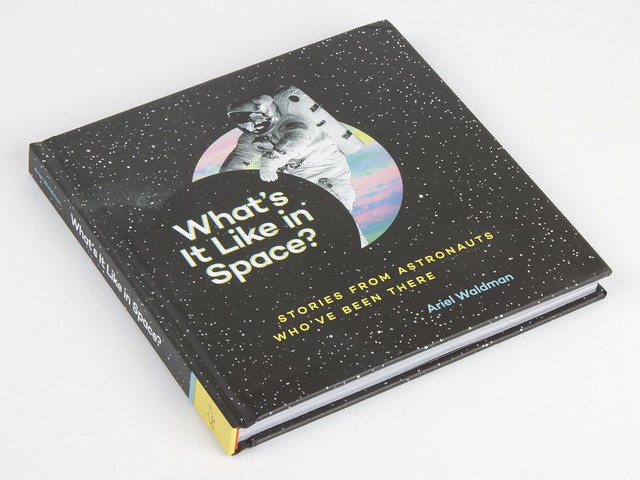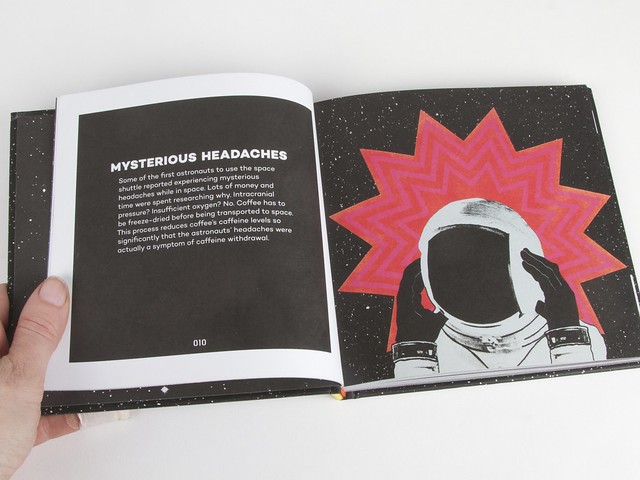We recently found out about a project to make custom printed tennis balls for an event in Sweden last year.
The first challenge was finding a way to print on round surfaces. Luckily, in our previous R&D experiments, we had played the with quirky EggBot, a printer that lets you print on eggs (yeah, you read that right). We knew that, with some work, it was possible to use that mechanism to print on a “normal” round object too. The Eggbot producers did not agree, stating on their official wiki:
“No matter what you do, EggBot will never produce good results on a tennis ball. Golf balls are okay, though.”
But those words only fueled our creativity and made us move forward.
They 3D printed some custom couplers to hold the tennis balls and wrote some custom software to streamline the printing process, and then printed on hundreds of tennis balls.

We’ve since updated the wiki.














